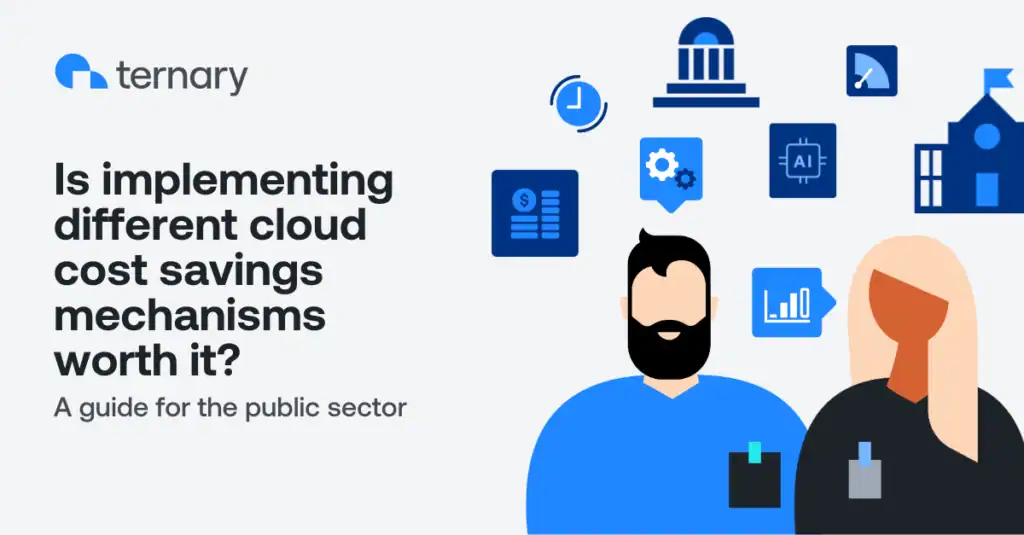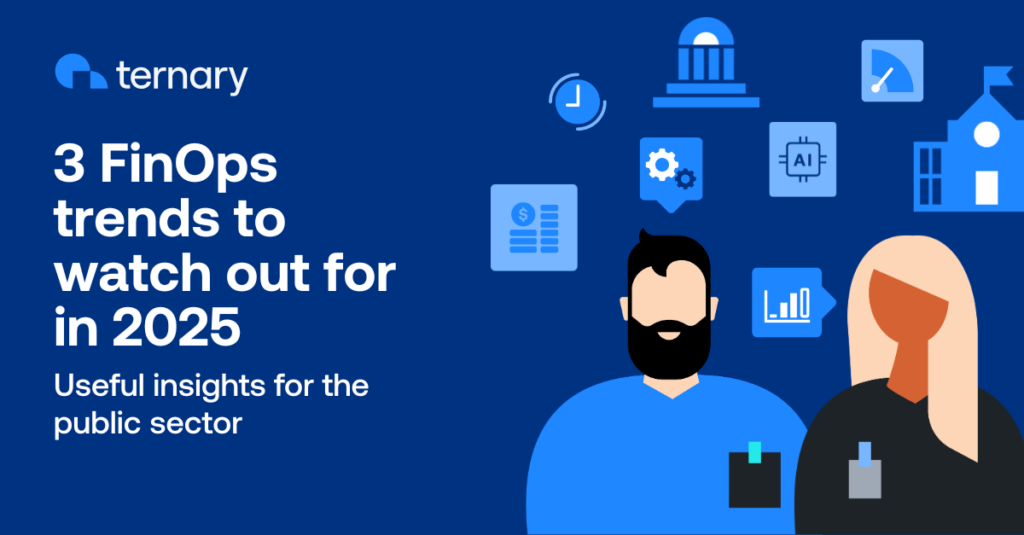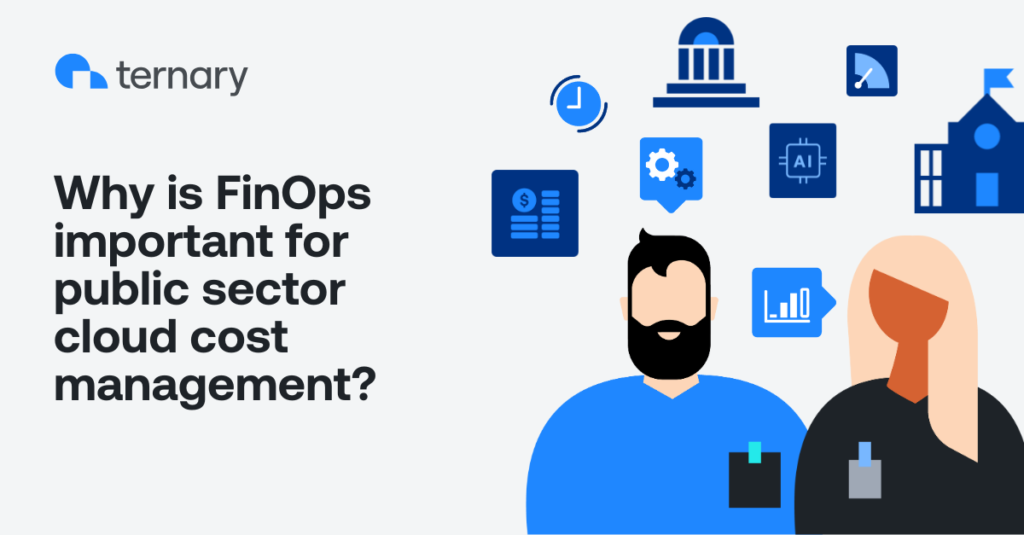Operations and engineering leaders in the public sector face increasing pressure to maintain services despite shrinking budgets and rising demand for digital solutions. To address such factors, these organizations must optimize cloud spend.
That’s where FinOps comes into play. FinOps is the practice of managing cloud costs and bringing financial accountability to variable cloud spend. FinOps enables distributed teams to make informed decisions, gain financial control, and improve predictability. (Learn more about what FinOps is and why it’s important for public sector cloud cost management.)
Cloud cost savings mechanisms offer usage and rate optimization strategies. These are part of a broader FinOps practice that improves budget forecasting, increases financial accountability, and enhances operational control. Some cloud cost savings mechanisms include:
- Negotiating pricing agreements
- Eliminating zombie infrastructure
- Rightsizing resources
- Purchasing and managing commitment-based discounts (Note: multi-year commitments typically may require formal approval and additional procurement oversight.)
- Rearchitecting applications
Below, we explore why these savings mechanisms are worth the investment for the public sector. For a deeper dive into how each savings mechanism works, check out 5 ways to achieve cloud cost savings.
Why cloud cost savings mechanisms are worth it
Here’s how cloud cost savings mechanisms help organizations manage cloud spend without compromising service delivery.
Strengthen budget predictability and control
Strict public sector budgets leave little room for error. With rising cloud usage, even small cost overruns can derail planning. Savings mechanisms (e.g., terminating zombie infrastructures) give teams more control over cloud usage, by eliminating waste. These methods enhance budget predictability and enable faster course correction when needed.
Cost optimization is clearly a shared concern across sectors: It’s now the top priority for 55% of upper midmarket firms. FinOps tools can help public sector teams save money through smarter cost management.
Improve resource alignment and operational efficiency
Overspending often stems from underutilized or misaligned cloud resources. Mechanisms like rightsizing help teams identify inefficiencies early and match cloud resources to actual usage.
Doing so frees up budget and improves resource allocation across initiatives. With 65% of organizations beginning to include SaaS spend in their FinOps practices according to the State of FinOps 2025, there is even more potential to optimize and reallocate spending where it matters most.
Increase transparency and build accountability
Public sector teams are financially accountable to leadership, finance departments, and the communities they serve. Implementing cloud cost savings mechanisms are one way to build a culture of shared fiscal responsibility. Once implemented, shared reporting and analytics can promote cloud spend transparency. Such visibility builds trust and strengthens relationships with governing bodies and constituents.
Furthermore, with 63% of organizations now managing AI-related cloud costs as reported in the State of FinOps 2025, transparency and accountability are becoming executive priorities. With that in mind, it’s all the more important to have the right tools and reporting in place.
Why it pays to invest in cloud cost savings mechanisms
Investing in cloud cost savings mechanisms positions public sector organizations for long-term fiscal health and operational resilience, ensuring that they can deliver essential public services effectively. Consider these specific benefits of such mechanisms: They can enable more accurate budget forecasting and control, improve resource allocation, and increase transparency.
FinOps platforms simplify cost optimization by centralizing cost data, surfacing insights, and encouraging collaboration between IT, finance, and engineering teams. Ultimately, these strategies help you implement and benefit from your chosen cost savings mechanisms.
Take control of your cloud costs with Ternary
Ternary for Public Sector provides actionable insights into cloud usage and enables proactive cost management.
Whether you’re operating in a single-cloud environment or across multiple clouds, Ternary provides the insight and structure needed to manage complex environments with ease.
Benefits of using Ternary include:
- Flexible SaaS or self-hosted deployment options
- Support for the top five leading cloud providers
- Enhanced transparency in multi-cloud spending
- Collaboration across teams, including IT, Finance, and Engineering
See how Ternary can help your organization reduce cloud spend while improving operational efficiency.



